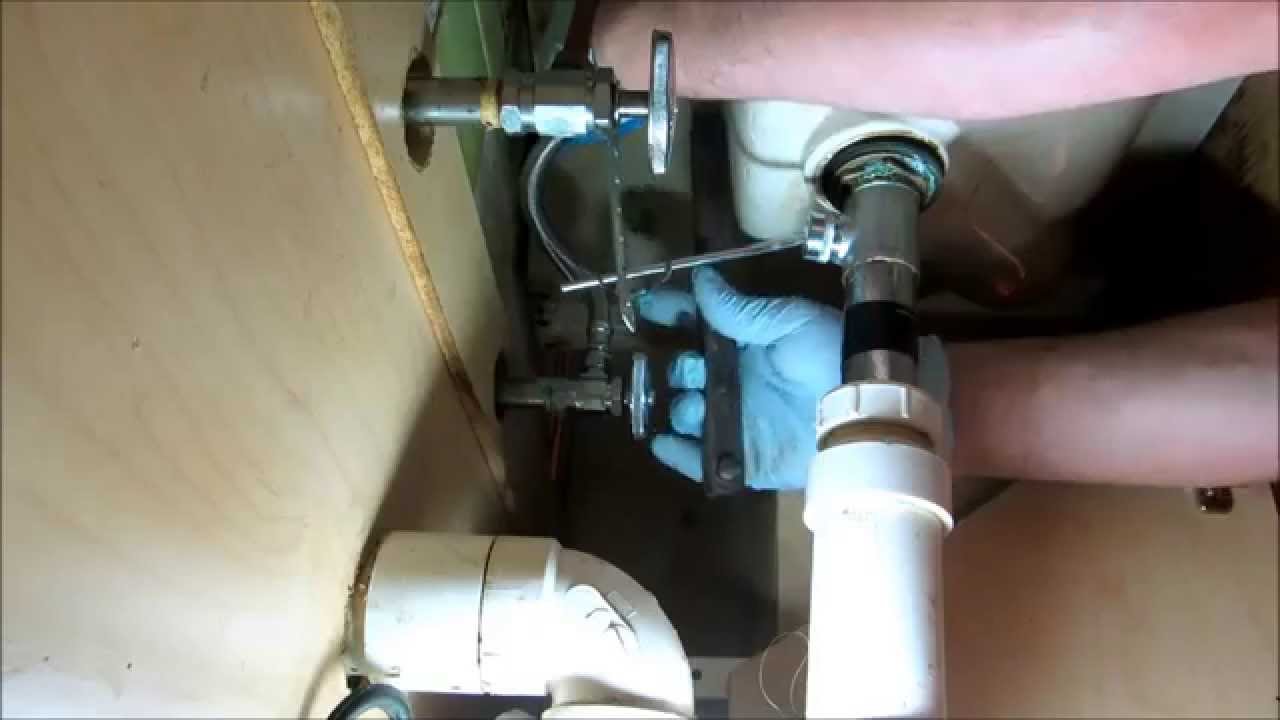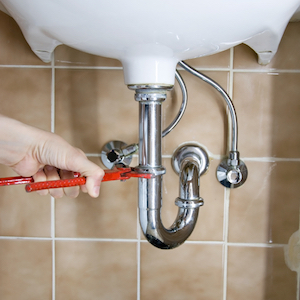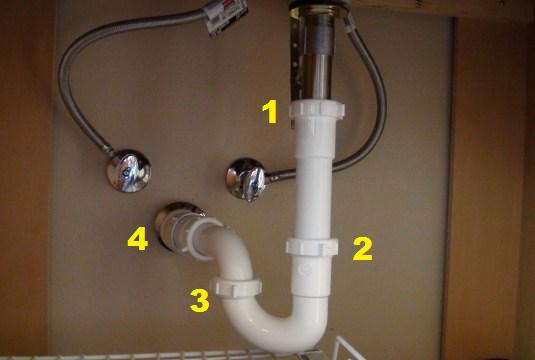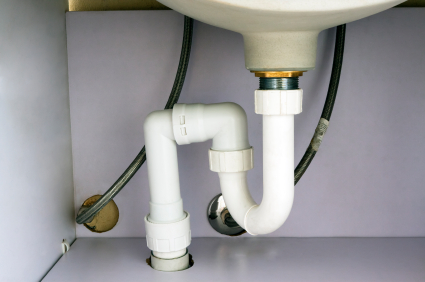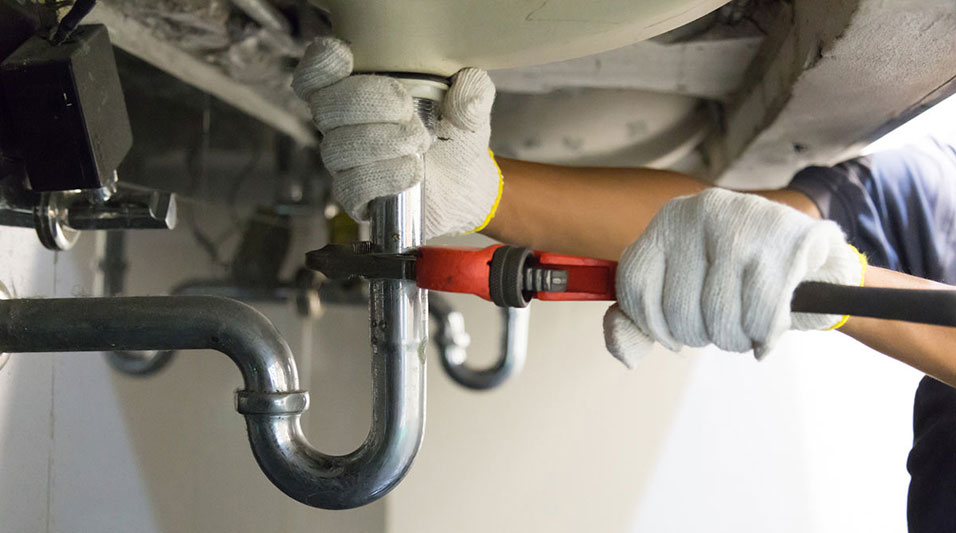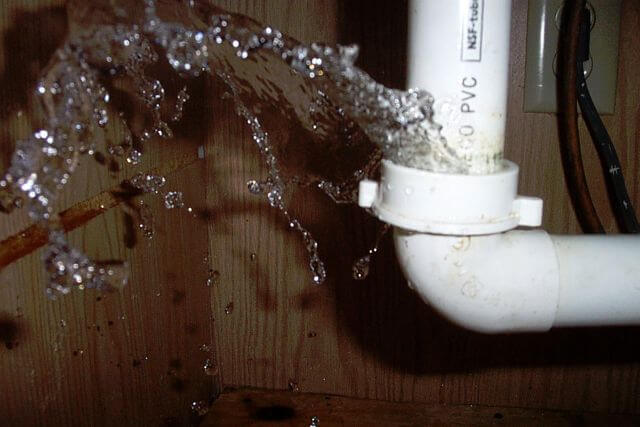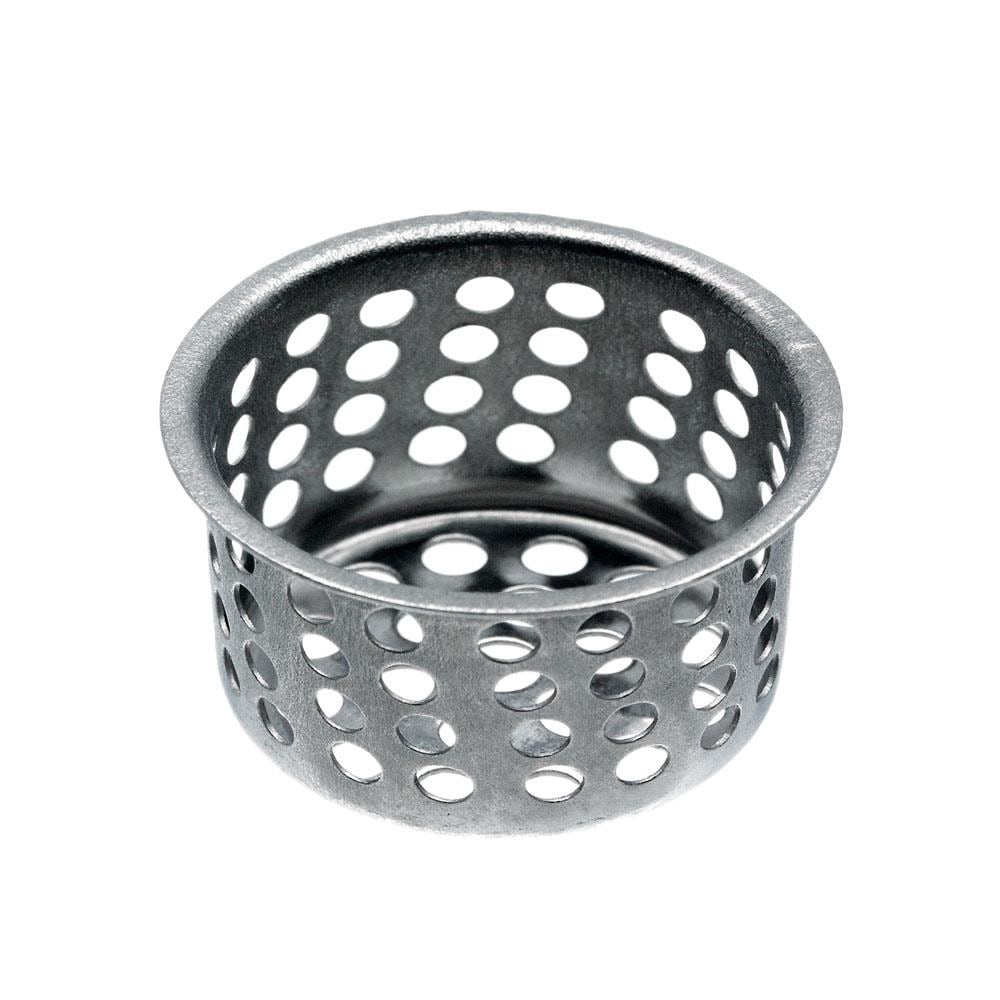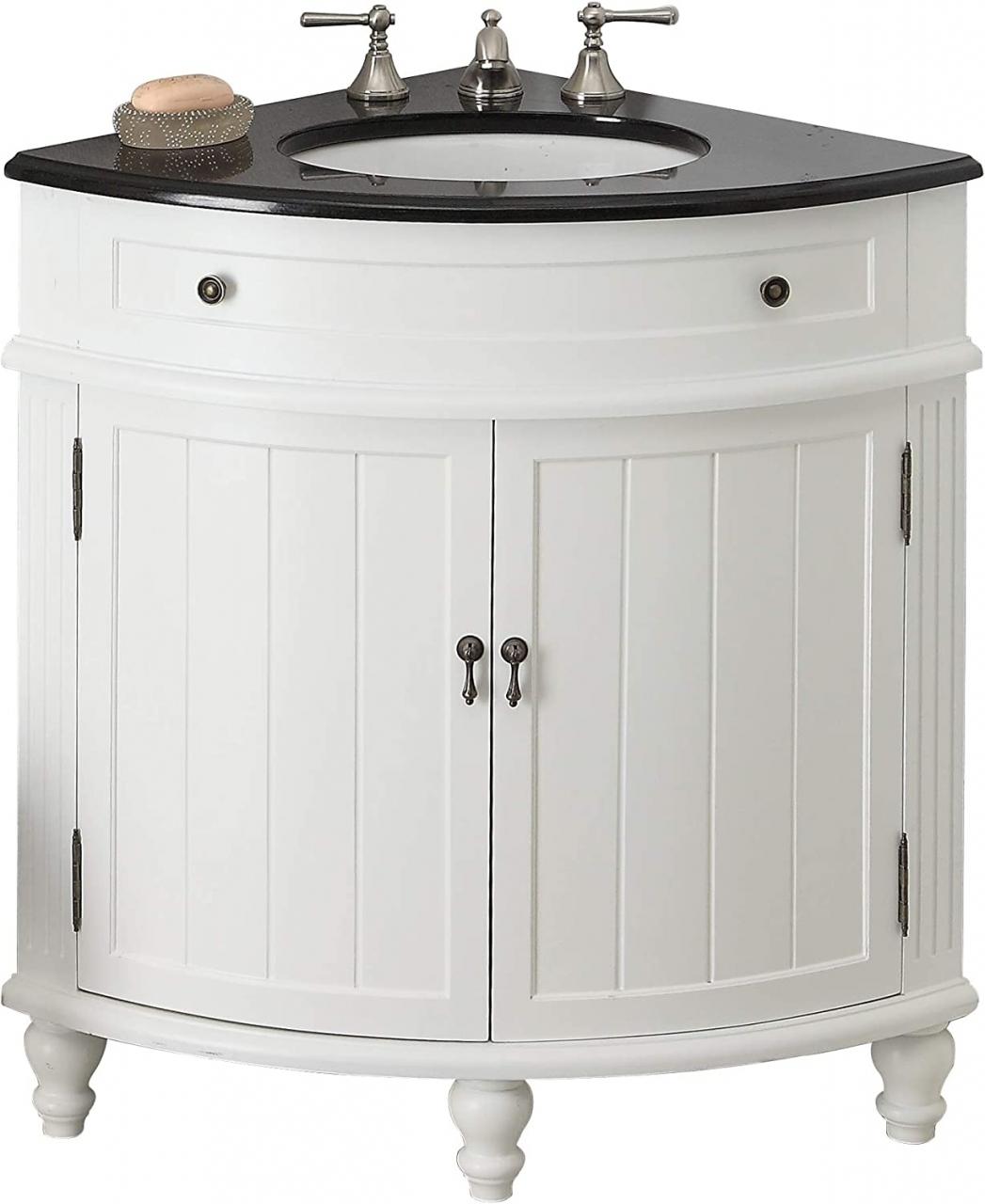Common Causes of Bathroom Sink Pipe Leaks
Bathroom sink pipe leaks can be caused by a variety of issues. Understanding these common causes can help you identify and address the problem quickly. Here are some common causes of bathroom sink pipe leaks:
- Corrosion: Over time, the pipes in your bathroom sink can corrode, especially if they are made of metal. Corrosion can weaken the pipes and cause them to develop leaks. This is particularly common in older homes or in areas with hard water.
- Loose connections: The connections between the pipes under your bathroom sink can become loose over time. This can happen due to normal wear and tear or from improper installation. When the connections are loose, water can seep out and cause leaks.
- High water pressure: Excessively high water pressure can put a strain on your bathroom sink pipes, leading to leaks. If your water pressure is consistently high, it can cause the pipes to develop weak spots or burst.
- Clogs: Clogs in the bathroom sink drain can lead to water backing up and putting pressure on the pipes. This increased pressure can cause the pipes to crack or develop leaks.
- Damaged seals: The seals around the joints and connections of the bathroom sink pipes can become damaged over time. This can occur due to age, movement, or exposure to water and chemicals. When the seals are compromised, water can leak out.
- Incorrect installation: If your bathroom sink pipes are not installed correctly, it can lead to leaks. Improper alignment or inadequate sealing can cause water to escape from the pipes and cause leaks.
- Freezing temperatures: In colder climates, freezing temperatures can cause the water inside the pipes to expand and put pressure on the pipes. This can lead to cracks or leaks in the bathroom sink pipes.
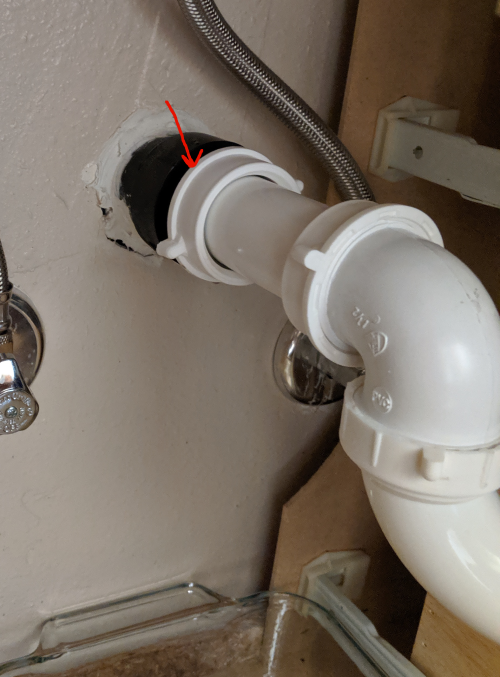
How to Detect and Identify a Leaking Bathroom Sink Pipe
Leaking pipes in the bathroom sink can cause significant damage if left unattended. It is crucial to detect and identify these leaks early to prevent further deterioration and water wastage. Here are some steps to help you identify a leaking bathroom sink pipe.
Check for visible signs of water: The first step in detecting a leaking pipe is to visually inspect the area under the sink. Look for any signs of water, such as puddles, dampness, or water stains. Pay close attention to the pipe connections, joints, and valves.
Listen for hissing or dripping sounds: Leaking pipes often produce hissing or dripping sounds. Turn off all other sources of noise, such as the faucet or any appliances, and listen for any unusual sounds coming from the bathroom sink area. If you hear constant dripping or hissing, it is likely that there is a leak.
Examine the pipe connections: Inspect the pipe connections under the sink carefully. Check for any loose or corroded fittings, as these can be common causes of leaks. Use a flashlight if necessary to get a better view.
Look for water stains or mold growth: Leaking pipes can lead to water stains or mold growth on the walls, floor, or cabinet near the bathroom sink. Inspect these areas for any discoloration, peeling paint, or presence of mold. These signs indicate a possible leak in the pipe.
Test the water flow: Turn on the faucet and observe the water flow. If you notice a decrease in water pressure or an inconsistent flow, it could be a sign of a leaking pipe. Additionally, if the water takes longer to drain from the sink, it might indicate a clog caused by a leak.
Use a paper towel or tissue: To confirm a leak, dry the pipe connections thoroughly and wrap a paper towel or tissue around them. Leave it in place for a few minutes and check for any signs of moisture. If the paper towel or tissue becomes wet, it confirms the presence of a leak.
Inspect the surrounding area: Finally, check the area around the bathroom sink for any signs of water damage, such as warped or discolored flooring, or soft or sagging walls. These indications suggest that a leak has been present for a longer period and requires immediate attention.
Steps to Fix a Leaking Bathroom Sink Pipe
- Turn off the water supply: Before beginning any repairs, turn off the water supply to the bathroom sink. Locate the shut-off valve underneath the sink or near the main water supply for the house. Turn the valve clockwise to shut off the water flow.
- Empty the sink cabinet: Remove any items stored in the sink cabinet to create ample space to work. This will also prevent any belongings from getting wet or damaged during the repair process.
- Place a bucket or towel under the pipe: Position a bucket or place a towel directly under the leaking pipe to catch any water that may continue to drip during the repair. This will prevent water damage to the surrounding area.
- Identify the source of the leak: Carefully inspect the pipe to determine where the leak is coming from. Common sources of leaks in bathroom sink pipes include loose connections, cracked or corroded pipes, or worn-out seals.
- Tighten loose connections: If the leak is coming from a loose connection, use a wrench or pliers to tighten the joint. Be careful not to overtighten, as this could cause further damage.
- Replace damaged pipes or seals: If the pipe itself is cracked or corroded, or if the seals are worn out, they will need to be replaced. Measure the damaged pipe or seal and purchase a replacement from a hardware store. Remove the faulty component and install the new one, ensuring a snug fit.
- Test for leaks: Once the repair is complete, turn the water supply back on and check for any new leaks. Pay close attention to the area that was repaired and ensure that the connections are secure.
- Clean up and reorganize: Once you are confident that the leak has been fixed, clean up any water that may have spilled and reorganize the items in the sink cabinet. Dispose of any damaged or unusable items.
Leaky Pipe Under Bathroom Sink Allentown (610) 351-9889
Trap leaking under bathroom vanity. – DoItYourself.com Community
Bathroom Sink Drain Leaking Around Threads u2013 Fixing Guide – iHomePark
How to Fix the Leaky Rim of a Bathroom Vanity Sink – Dengarden
Bathroom Sink Drain Pipe Is Leaking – How To Fix – What To Check?
Fix a Leaking Pipe Under Bathroom Sink – Plumbers – TalkLocal Blog
How to Handle Leaking Pipes Under the Bathroom Sink Aggressive
Action shot of a leaking drain under a bathroom sink. – A-Action
A Quick Guide To Checking For Leaks Under Your Sink – Green Living
bathroom sink drain leaking
Related Posts:
- Bathroom Sink Filling With Water
- Bathroom Sink Faucet Clogged
- Bathroom Sink Drain Overflow
- Bathroom Sink Countertop Installation
- L Shaped Double Sink Bathroom Vanity
- Small Glass Bathroom Sinks
- Bathroom Sinks Pinterest
- Undermount Bathroom Sink Bowls
- Bathroom Sink Cabinets South Africa
- Bathroom Sink Faucets Moen

